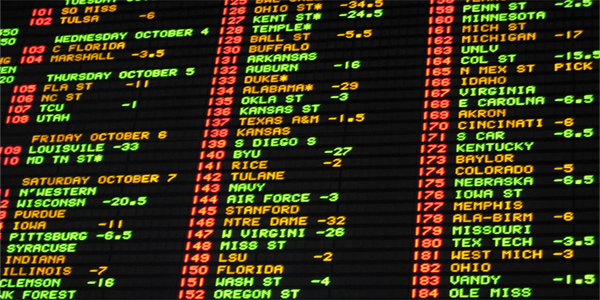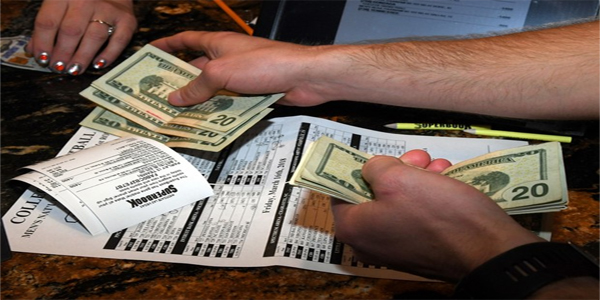When writing the series on handicapping techniques there was one additional aspect that I could have mentioned for statistical handicappers, which is your work is never done. It’s not necessarily a good thing or a bad thing; it’s simply part of the game. To an extent the same could be said for situational or trend-based handicappers, who could be spending time pouring through databases looking for certain patterns, but it’s the number-crunchers who can find themselves spending more time than expected at their computer.
I’ll use my baseball system as an example to show the thought process that goes on in the head of a handicapper. For starters, I use a 50-cent difference in the Vegas line and my line for a play. The first question is if 50 cents is the ideal number – should it be 40 cents, 60 cents or something else? The same concept applies to those of you who do mathematical projections for football or basketball and then look for overlays of five points or seven points, etc. Only by looking at the entire results of a season can you determine if there is a better number to use.
Do your predictions fare better when the line moves in the direction of your prediction? For example, if I have Team A -150 and the line is Team A -120, there’s only a 30-cent difference and the game becomes a pass. But if the line moves to -128 over the course of the day, do these games win at a rate that would be profitable? Again, those who handicap basketball or football can ask themselves the same question. If you make Team B -9 points and the line is Team B -4.5 points and the line moves to Team B -6 points, do these games win more often than not?
Injuries are another concern for mathematical systems. Do you stay away from the games, make an adjustment or march on as if nothing happened? Naturally, a lot of it has do with the player who is out, as certain players and positions are more important than others.
I briefly touched upon on this in the article on rookie pitchers, but using an estimated value of 6.00 runs allowed for rookies may be slightly on the high side. Is 5.00 a better number or should a new pitcher’s first couple of starts be passed on until we have a better idea of how he will do?
Should we give more attention to a team’s most recent games? What a baseball team or NBA team did three months ago probably doesn’t have much bearing on today’s game, although we’re most likely still using those stats. Should a baseball pitcher’s last 10 starts be the only ones considered? Does an NFL teams opening week 44-10 victory mean anything in a Week 14 game?
And finally, how do we handle anomalies, such as the baseball team that scores 17 runs or the NFL team that puts up 50 points in a game where everything goes right? Not only does that affect a team’s offensive rating greatly, it affects the opposing defense. In Noah Syndergaard’s last game before going on the disabled list, the Mets were defeated 23-5 by Washington. Using those numbers would take his runs allowed per game from 3.13 to 5.10 and he’s a better pitcher than that. Likewise, that game artificially boosts Washington’s offense a bit. Should we cap scoring at a certain number to take into account those rare games? And if so, what number should be used?
These are all questions that a handicapper has to contend with and how they are answered and acted upon could very well be the difference between winning and losing over the course of a season. So even though you may have developed a handicapping method, the real work hasn’t even started yet.






